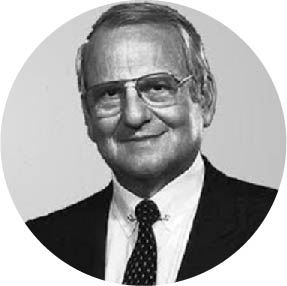September 13, 2010
Recognizing the signs of sleep apnea in kids

Since Dara Parsi,16, had nasal surgery his life has turned around.
“I couldn’t even breathe through my nose before,” said Parsi.
Parsi is 1 of 8 percent of children who suffer from obstructive breathing while sleeping. It’s called pediatric sleep apnea.
“I wake in the middle of the night tired,” said Parsi. “I had to get water because my throat was so dry.”
Finally during his freshman year, he demanded his parents take him to see a specialist. A 3-D CT scan, showed Dr. Joseph Broujerdi exactly what the problem was.
“It allows you to see everything in real time. It allows you to look at the airway, rotate the airway in any direction,” said Dr. Broujerdi. “It allows you to look at all of the structures and the anatomy around the airway.”
As a toddler, Parsi apparently had a nasal fracture which led to a deviated septum.
“With the deviated septum he developed enlarged turbinates over the years,” said Dr. Broujerdi.
Nasal obstruction is one of many causes of sleep apnea in children. Other causes include dental, jaw and congenital birth deformity. Childhood obesity is another big cause. But in 85 to 95 percent of cases, enlarged adenoids and tonsils are the problem.
“If there’s a combination of large tonsils and adenoids, unusual behavior, bedwetting, not being able to sleep properly, restlessness, hyperactivity disorders, the combination of these symptoms point to having obstructive problems,” said Dr. Broujerdi.
Parsi says if your child exhibits any of these signs or symptoms, get it checked because it could make all the difference.
“When he took out the splints and I felt the cool air come through my nose it was the best feeling in the world,” said Parsi.
Treatment for enlarged tonsils or adenoids includes reduction or removal. Besides having academic problems, Dr. Broujerdi says long term problems with sleep apnea could disturb a child’s normal growth pattern.
– http://abclocal.go.com/kabc/story?section=news/health/your_health&id=7665932


